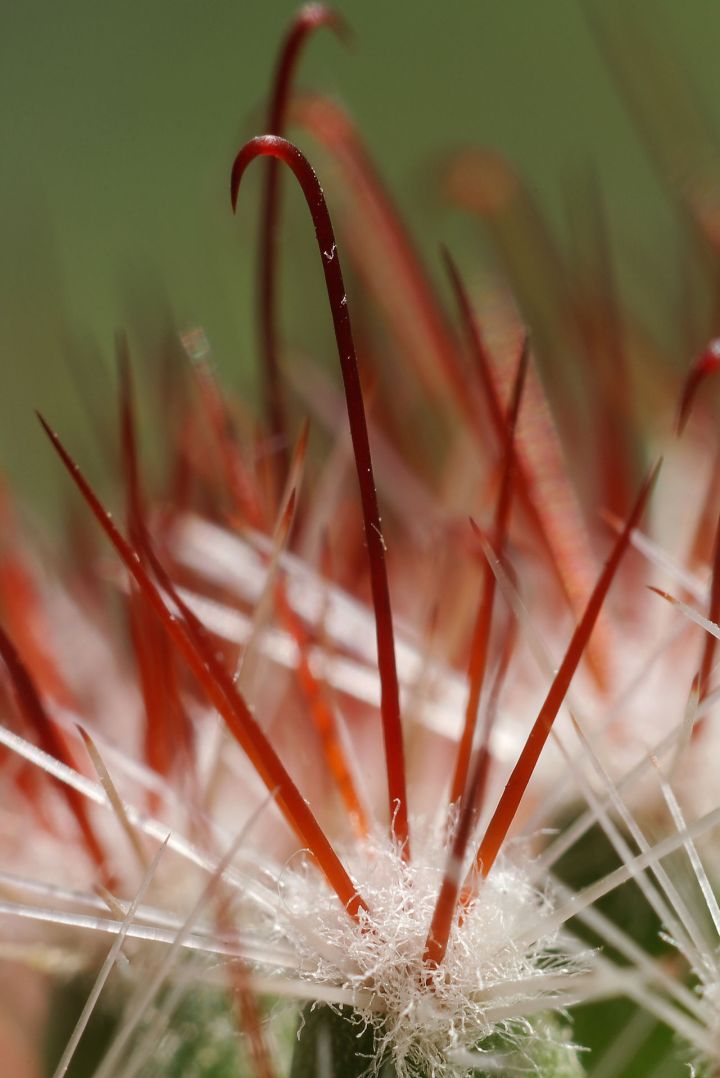
When it comes to life on earth, plants are generally overshadowed by their animal cousins. However plants make up a huge part of biological life on earth, and while most are harmless and can even contain medicinal properties others can be quite dangerous. Some can administer poison with only a slight touch while others can devour anything caught in their snare. Realistically few of these plants can harm a cautious human, but not all creatures are so lucky. Below are 7 of the most dangerous plants I could find. Enjoy.
7. Darlingtonia californica
The Venus flytrap maybe get all the hype, but there are actually many types of carnivorous plants. The above plant is also known as the pitcher plant and is also carnivorous. The way it catches its prey is by luring it into a small opening at the top of its bell. The prey is then confused and gets caught in the bells were it eventually dies and is broken down for nutrients. The plants are found in marshy areas and can be detected by their foul odor. While not dangerous to humans, these plants are a death sentence for any insect unlucky enough to be caught inside. In fact, scientists are bewildered as to how the plant is pollenized since it kills any insects that come near it.
6. Aquilegia
This flower is also known as the Colombine and can be found at higher altitudes. Known for it’s spurred blue petals, this little plant is actually quite poisonous. The seeds and roots are inedible, but while the flowers are toxic, they can be consumed. Native Americans that settled near the plants used to use it in very small amounts as a garnish. Outsiders have also tried, but find that it is a risky business. Put in a little too much and you face increased heart palpitations and severe vomiting. You’d probably survive the experience, but I doubt you’d ever forget it.
5. Drosera capensis
The caterpillar looking plant is native to South Africa where it is more commonly known as the Cape Sundew. The plant is covered in long appendages that secret a sticky substance that traps any insects too small to pull free. When the appendages have gathered enough insects they roll towards the plants center. This enables more of the digestive secretions to touch each insect. Once the insects have been broken down, the appendages unfurl and the process begins anew. Interesting fact; the species has actually invaded New Zealand and is spreading at a rate that has many in the country worried.

4. Nerium oleander
I guess what makes most of these plants dangerous is that they really don’t look like anything special. If I saw these in someone’s garden I wouldn’t think twice. Granted at 23 I probably would pop one in my mouth, but at 3 I might have. Nerium oleander may look innocuous, but is in fact toxic in all of its parts. The plant can cause irritation just from touching your skin and ingesting enough of it can send you into a coma. Despite the flower’s toxicity, it remains one of the most popular garden flowers in the world. Maybe some people think it’s worth the risk, but I doubt I’d want these growing around my house.

3. Utricularia vulgaris
I admit killer plant may be a bit of a stretch on this one, but it is still technically a carnivorous plant. Also known as bladderworts, these stalks free float in fresh water and never lay roots. Instead of drawing nutrients from the soil, these plants use a bladder trap which dangles at the plants bottom. These trap drags through the water ensnaring small life forms and digesting them for the plant. Not exactly a terrifying specimen, but an interesting evolutionary trait that you may not have known existed.

2. Zantedeschia
Another South African native, this large yellow flower can have some nasty side effects if you ingest it. This plant causes an intense swelling of the mouth as well as severe vomiting. There is a way to nullify the plants poison. Indigenous peoples found that if you cook the plants then they can be eaten safely. The flowers are known for being able to survive in extremely cold temperatures. This trait, along with their unique looking flowers, has made them a favorite in people’s gardens.

1. Sanguinaria canadensis
These little flowers are also known as bloodroots. They derives their name from the poisonous red juice that the plants produce. The juice contains the toxin sanguinarine which, unlike previous entries, does not make you simply vomit or black out. This stuff burns through skin leaving horrible scabs all over the unfortunate victim. Unfortunately, some desperate people have tried using this stuff on their skin cancer in hopes of burning the cancer awake. This leaves many of them horribly disfigured and does absolutely nothing to alleviate their cancer.
Thanks for reading. For information on the world’s many creatures check out 13 Extraordinary Arctic & Antarctic Animals, 9 Endemic Species: The Galapagos Islands and 9 Nightmarish Spiders & Scorpions.




3 thoughts on “7 Dangerous Plants”